As someone who’s worked in SEO for over a decade, I’ve seen how Google’s focus has shifted from keywords to people. I’m Frasat Ali, and I’ve optimized hundreds of websites with one lesson in mind: if users love your site, Google will too. This guide is based on what I’ve learned from real testing, not theory. If you want to rank in 2025, understanding UX SEO best practices is no longer optional—it’s essential.
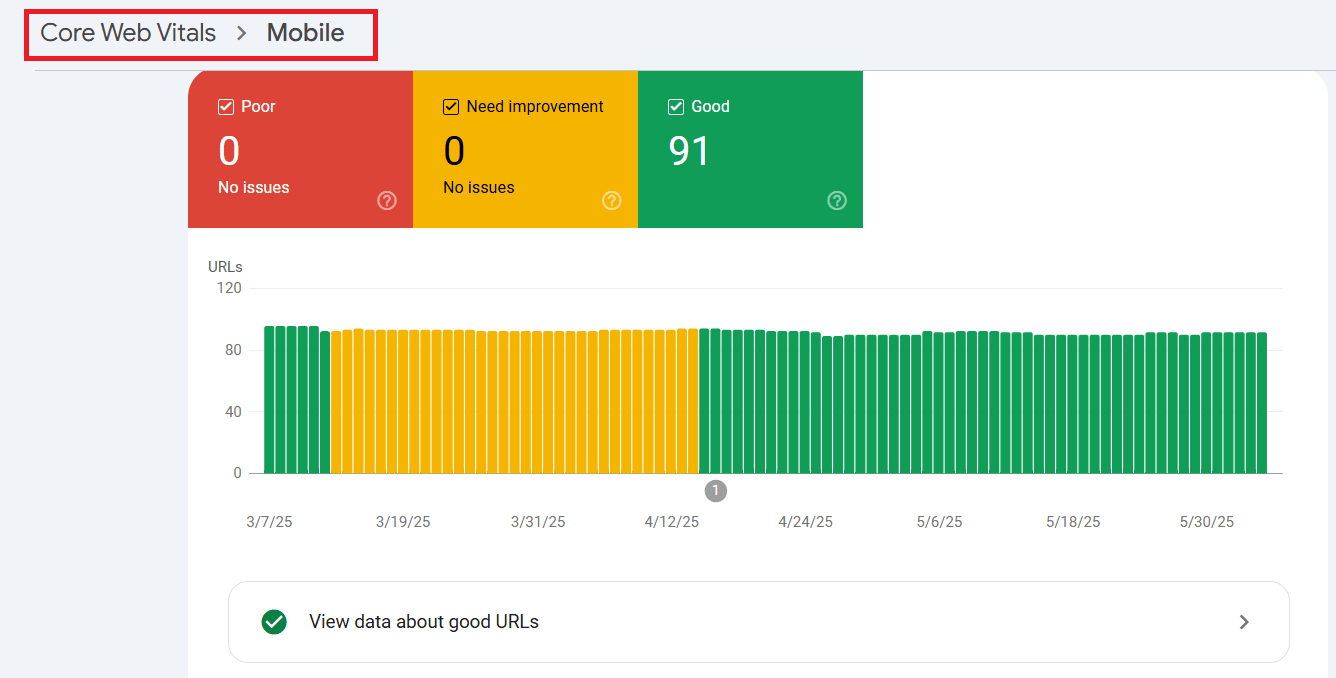
What Is UX in SEO?
UX stands for User Experience—how easy, fast, and pleasant it is for someone to use your website. When you mix UX with SEO, you get a strategy focused on both search engine optimization and user experience. In short: If your site is slow, confusing, or hard to read, people leave. Google notices. Rankings drop. But if your site is fast, clear, and helpful? Google rewards you.
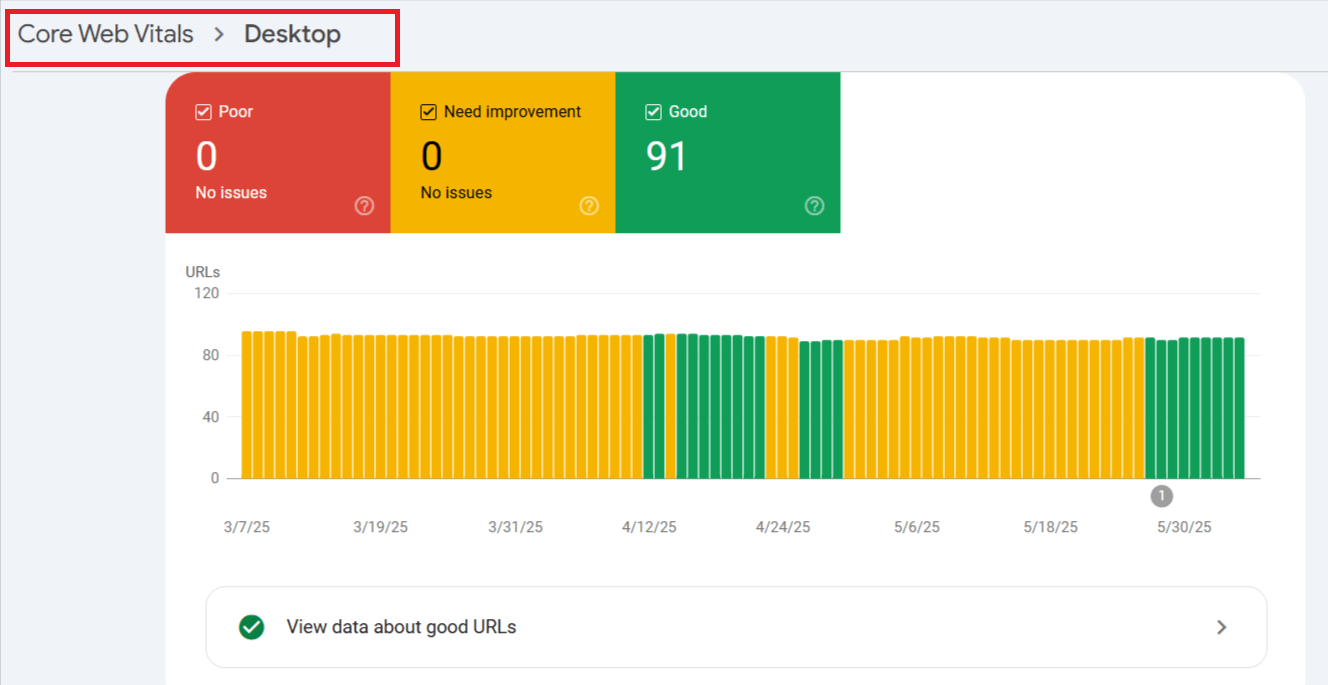
Why UX Matters for SEO
Google’s algorithm tracks how users interact with your site. These signals include:
-
Bounce rate
-
Time on page
-
Pages per session
-
Scroll depth
-
Core Web Vitals
When these metrics are strong, Google sees your site as valuable. Better value = higher rankings.

Core UX SEO Best Practices
1. Make Pages Load Fast
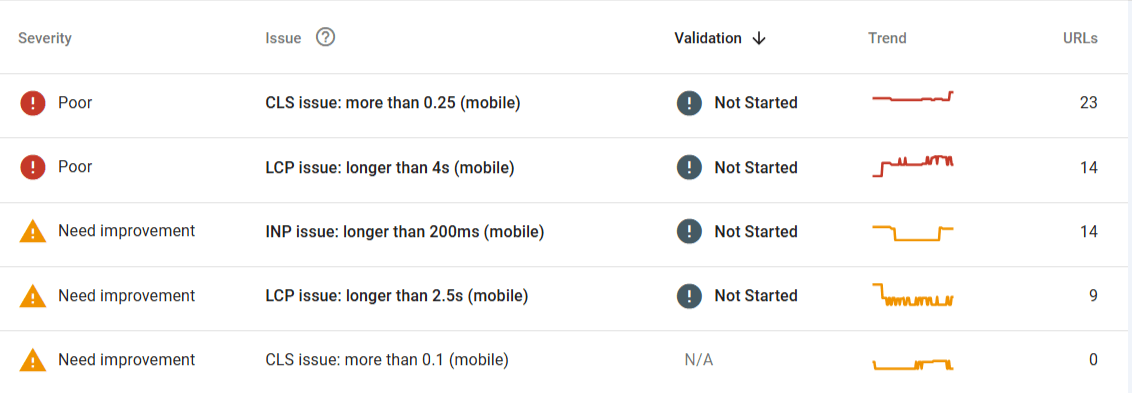
Speed is critical. A 1-second delay can cause a 7% drop in conversions. Google’s Core Web Vitals measure:
-
Largest Contentful Paint (LCP)
-
First Input Delay (FID)
-
Cumulative Layout Shift (CLS)
-
Tips to improve speed:

-
Compress images
-
Use fast hosting
-
Minimize plugins
-
Enable browser caching
-
Use lazy loading for images and videos
2. Use Mobile-Friendly Design

Most users browse on phones. Your site must be mobile-responsive.
Make sure:
-
Text is readable without zoom

-
Buttons are big enough to tap
-
Layout adapts to different screen sizes
Google uses mobile-first indexing—if your mobile version is weak, your SEO suffers.
3. Improve Navigation and Structure
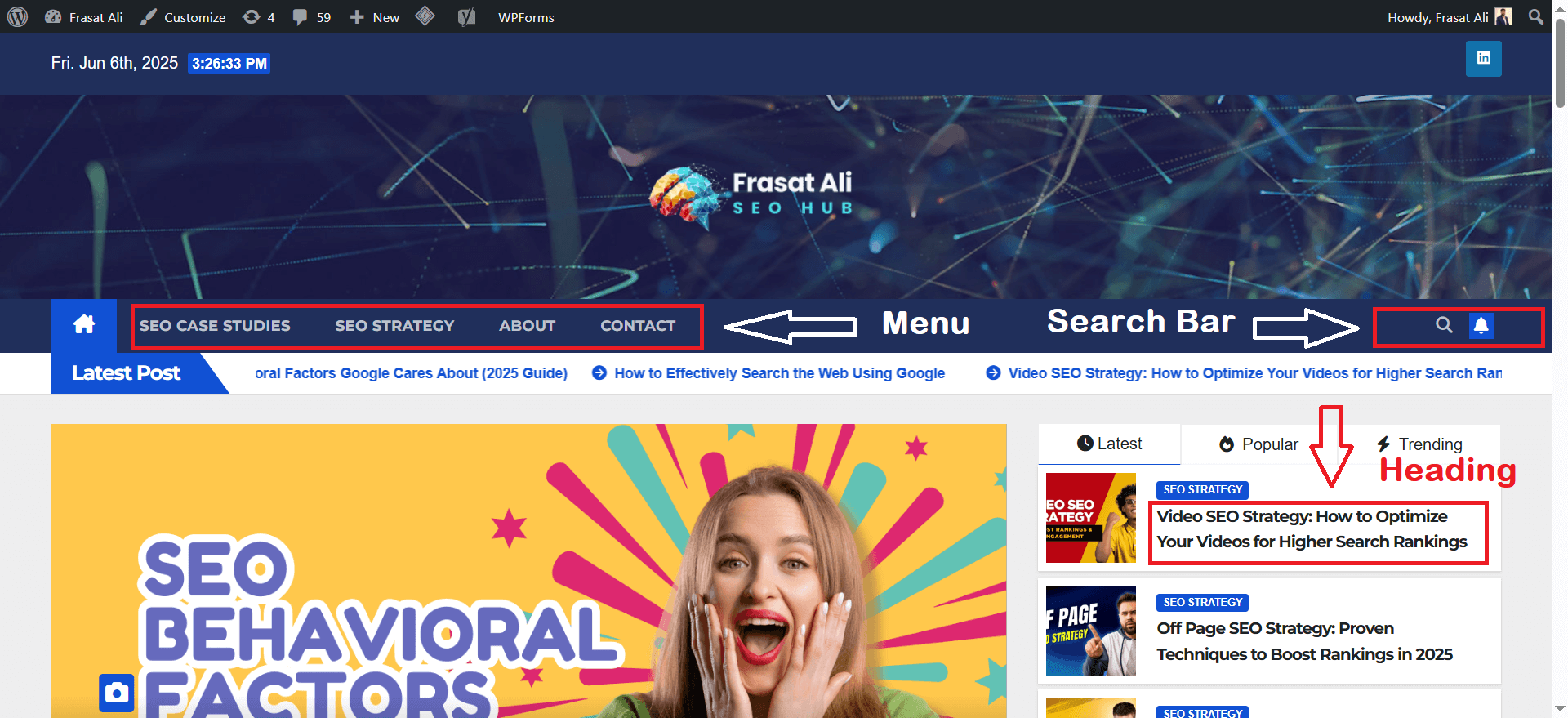
Users should find what they need quickly.
Good UX navigation includes:
-
Simple menus
-
Clear headings
-
Logical internal links
-
A working search bar
Bonus: Good site structure also helps search engines crawl your site better.
4. Use Clean, Readable Design
A cluttered site makes people leave.
Focus on:
-
Easy-to-read fonts
-
Plenty of white space
-
Short paragraphs
-
Bullet points (like this one!)
Readable design improves time on page and engagement.
Content That Serves the User
Search engines love content that users love.
Write for Real People
Use simple language. Break complex ideas into small, digestible parts. Avoid fluff.
Match Search Intent
If someone searches “best budget phones 2025”, don’t show them a guide for premium phones. Always give the user exactly what they’re looking for.
Ask:
-
Is this what users expect when they click?
-
Does this answer their question clearly?
Use Media to Enhance UX

People engage more with content that includes:
-
Images
-
Charts
-
Videos
-
Infographics
Just make sure everything loads fast and has alt text.
Accessibility Improves UX and SEO
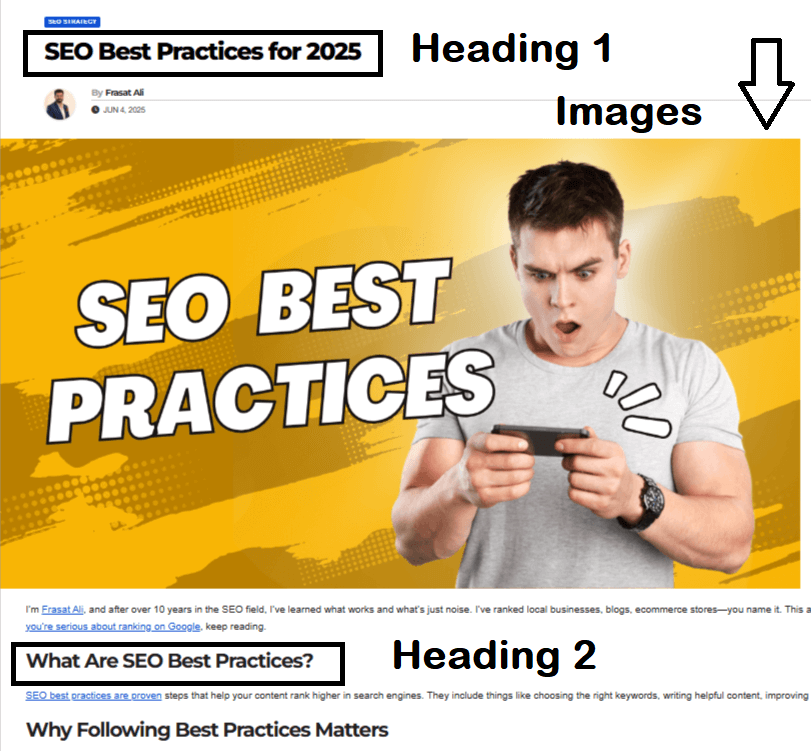
Search engines love accessible websites.
Tips:
-
Use alt text for all images

-
Add captions to videos
-
Use proper heading tags (H1, H2, H3…)
-
Avoid small fonts and low contrast
This also helps users with disabilities and improves overall experience.
Internal Linking and UX
Internal links guide users—and search engines—through your site.
Best practices:
-
Link related articles naturally
-
Use descriptive anchor text (e.g., “UX SEO tips” not “click here”)
-
Don’t overdo it—keep it helpful
Bonus: Internal links reduce bounce rate and increase session time.
Call-to-Actions (CTAs) That Help, Not Distract
Popups and aggressive CTAs can hurt UX.
Instead:
-
Use simple banners or buttons
-
Make them easy to close
-
Place CTAs after the user gets value
Always ask: “Is this CTA helping or annoying?”
Consistency Builds Trust
Design consistency improves user comfort. Keep layout, fonts, colors, and tone the same across your site.
Consistent UX helps:
-
Build brand recognition
-
Reduce user confusion
-
Keep users coming back
Voice Search and UX
Voice search is growing. UX helps by making answers direct and easy to find.
Tips:
-
Use short sentences
-
Include Q&A sections
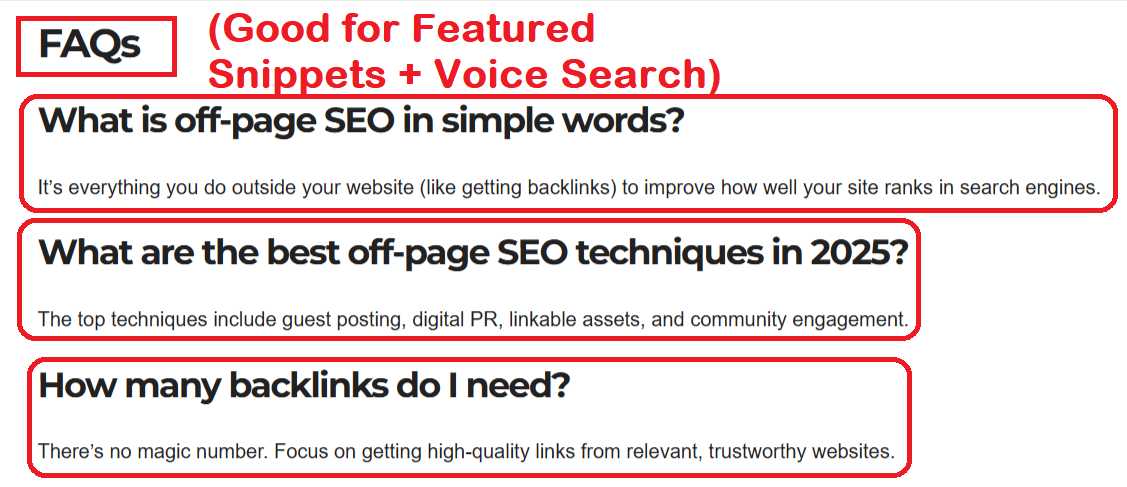
-
Use schema markup for FAQs
This helps your site show up in featured snippets and voice results.
Questions and Answers
Q: What is the connection between SEO and user experience?
A: SEO brings people to your site. UX keeps them there. Good UX boosts engagement, which helps improve SEO rankings.
Q: Does user behavior affect SEO?
A: Yes. Google tracks how users interact with your site. If they stay, click, and explore, Google sees your site as valuable.
Q: How can I improve UX for better SEO?
A: Focus on fast loading, mobile design, clear navigation, readable content, and strong internal links.
Q: Is mobile UX important for SEO?
A: Absolutely. Google uses mobile-first indexing, so a poor mobile experience can hurt your rankings.
Final Thoughts on UX SEO Best Practices
In 2025, search engine optimization and user experience go hand in hand. You can’t focus on rankings without focusing on users. If your content loads fast, reads well, and helps people, Google will notice. And reward you. Remember, UX isn’t just design. It’s how people feel when they use your site. Make them feel good, and they’ll stay, engage, and convert. That’s what real SEO success looks like.
Frasat Ali is a seasoned SEO Manager with over a decade of experience helping websites improve visibility through ethical, data-backed strategies. He shares actionable SEO insights grounded in real-world success. Read More
![]()
